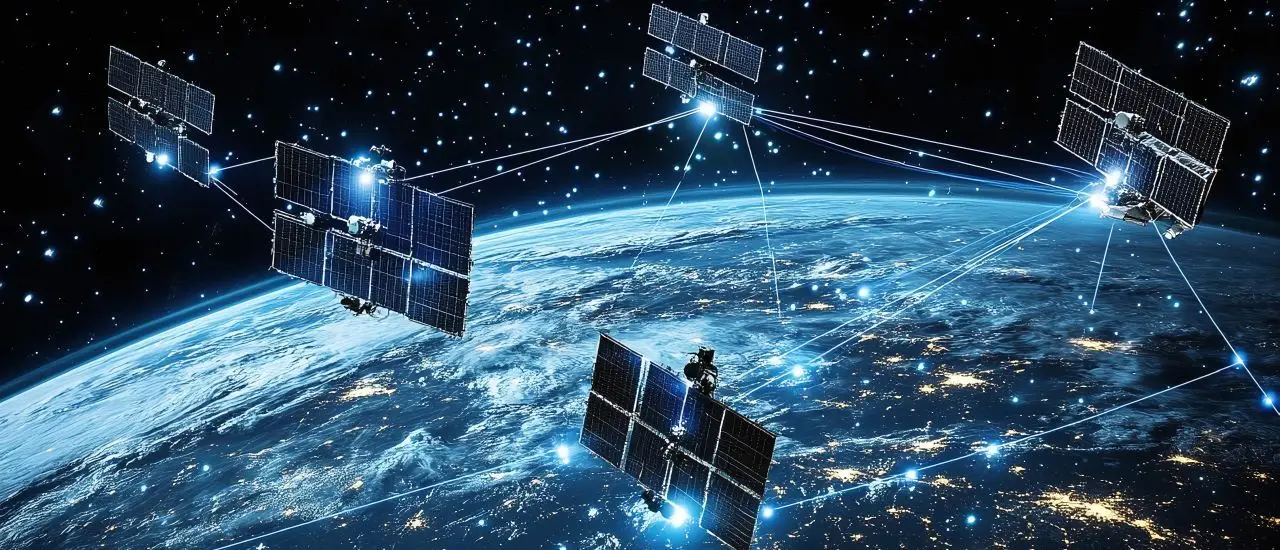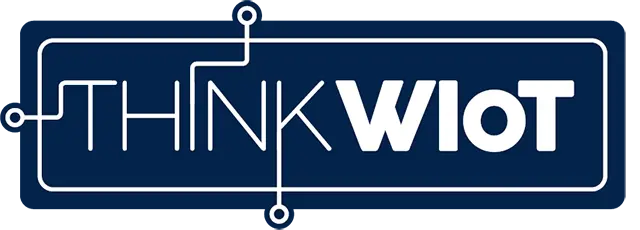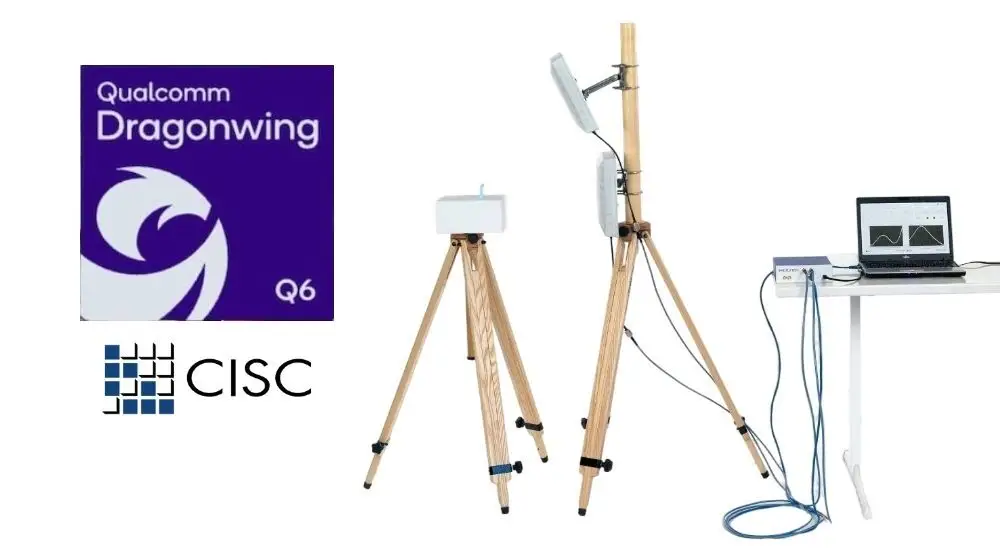ESA Outlines Strategic Role of AI in the Future of Global Telecommunications

The European Space Agency (ESA) has published a new white paper highlighting how artificial intelligence (AI) is becoming central to the evolution of terrestrial and non-terrestrial communications networks. The research, developed under ESA’s Space for 5G/6G and Sustainable Connectivity programme, presents a strategic vision for building intelligent, self-optimising, and secure networks—laying the groundwork for the future of global 6G connectivity.
As AI transforms industries worldwide, the white paper illustrates its potential to reshape network architecture from the radio access layer to the network core, driving real-time optimisation, enhanced service quality, and improved data privacy. It identifies AI as a foundational enabler of next-generation telecom systems, not merely a performance enhancement.
“AI is transforming lives and businesses across the world,” said Antonio Franchi, Head of ESA’s Space for 5G/6G and Sustainable Connectivity programme. “The early adoption and strategic alignment with AI-driven telecommunications will be crucial for maintaining competitive advantage in the global digital economy.”
AI Across Terrestrial and Non-Terrestrial Networks
The white paper provides guidance for governments, telecom operators, and technology developers seeking to implement AI across a variety of infrastructure environments. Whether in satellite constellations or urban 5G networks, AI technologies—including federated learning, generative AI, and real-time analytics—are enabling smarter, more efficient connectivity with lower latency.
Looking ahead to AI-native 6G systems, ESA’s research highlights key enablers such as CubeSats, quantum technologies, and digital twins that will drive intelligent, adaptive networks for the cyber-physical world.
“AI is redefining how networks are designed, operated and optimised—from Radio Access Networks (RANs) to edge intelligence and user-device adaptability,” said Ana Stroescu, Research Fellow at ESA’s Space for 5G/6G and Sustainable Connectivity programme. “Explainability and transparency will be key to building AI-native networks that are trustworthy, scalable, and resilient.”
Standardisation and Policy Are Key to Success
In addition to technological innovation, the paper underscores the importance of standardisation and policy development. AI integration must align with evolving 3GPP standards, which play a critical role in ensuring compatibility and interoperability across global networks.
ESA calls for proactive investment and cross-sector collaboration to ensure secure, ethical AI deployment—balancing innovation with privacy, transparency, and trust.
About ESA Connectivity ESA’s Space for 5G/6G and Sustainable Connectivity programme supports Europe’s leadership in secure, interoperable, and future-proof communications. The initiative bridges space and ground technologies to create robust, AI-driven systems that serve both industry and society.






-responsive.webp)


